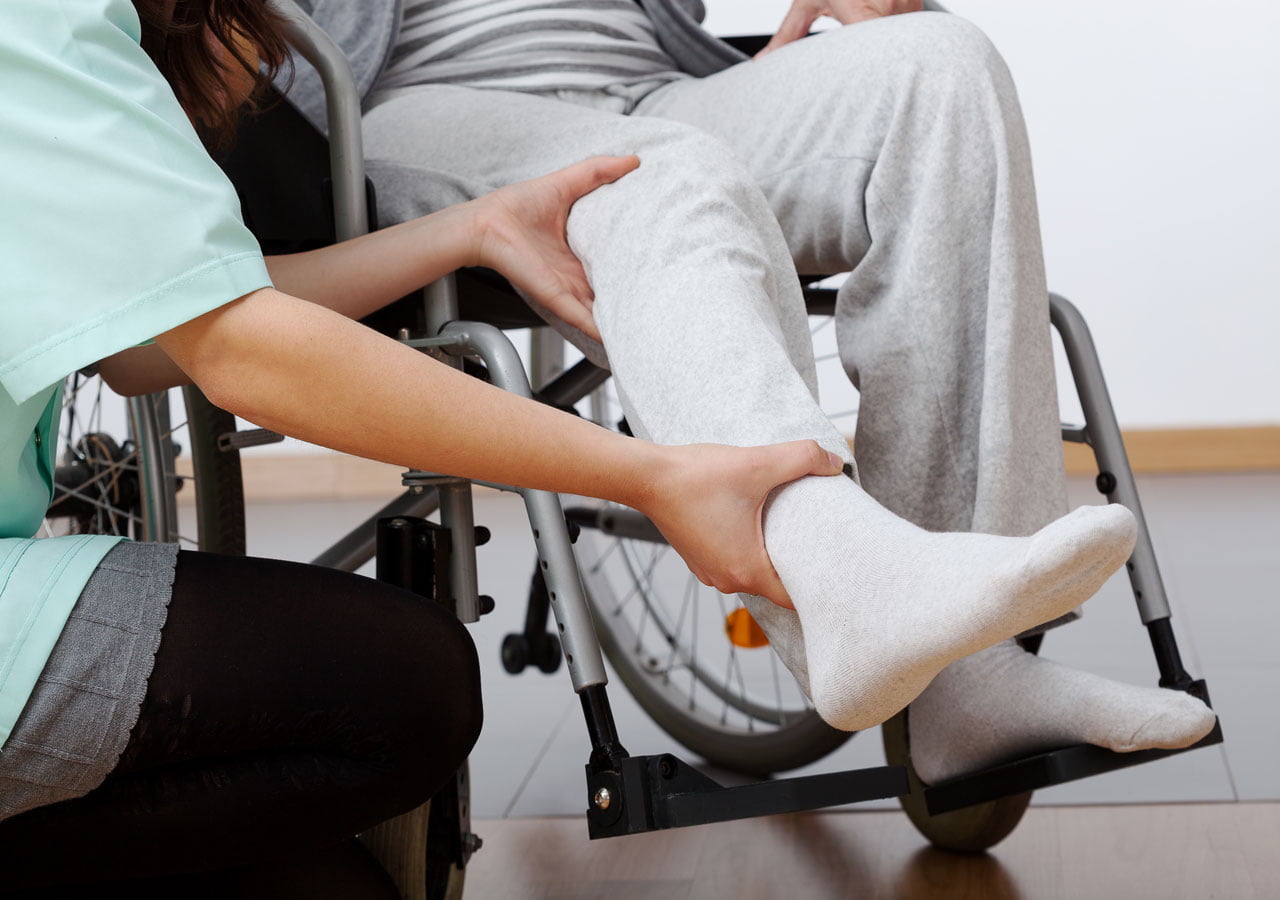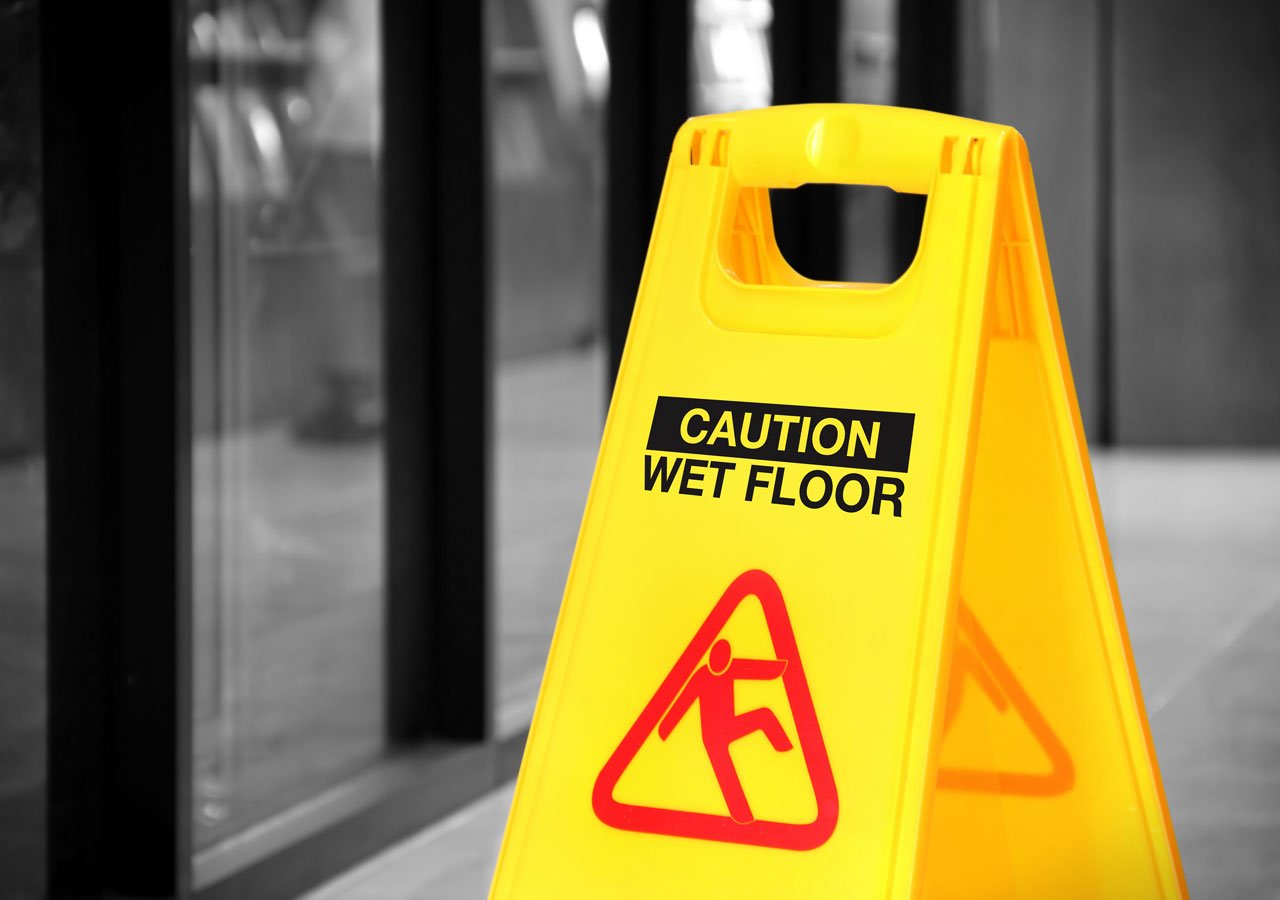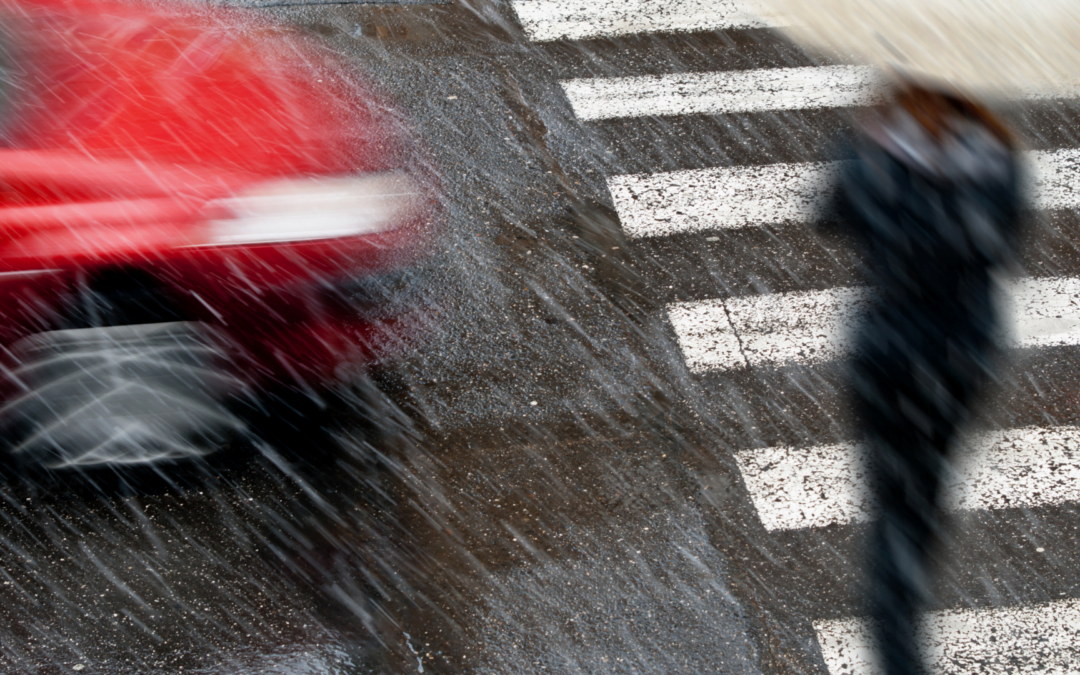We live in a dynamic and unpredictable world. A slip and fall incident can happen anywhere and to anyone. It is worthwhile to understand the circumstances that determine when liability falls on the injured person and when the property owner may be at fault.
It is no surprise that thousands are injured in slip and fall incidents every year.
What are the circumstances for determining liability in a slip and fall claim? Provincial law is in place to make sure property owners do not get away with negligence, but also to make sure people are not submitting claims due to their own carelessness. Let us explore what determines liability and what you can expect if you’ve been involved in a slip and fall case.
How Does a Slip and Fall Case Arise?
As the name indicates, a slip and fall case will arise when an individual trips or falls and sustains an injury – whether it be minor or major. But it goes beyond this – for such an incident to give rise to a tort, some negligence and liability must be established.
This can be tricky because the world (and the law) is a dynamic place. As we all know, property infrastructure requires maintenance and many owners do comply with regulations and want to ensure a safe environment. As much as we try to stay on top of things, materials will wear away, dislodge, fall, spill, and tear. This is a normal part of life, and we already navigate the world with these things in mind. Just as we look both ways before crossing the street, we are going to avoid tripping over the curb or missing our step around a sewer grate. These things serve a purpose, and we expect to see them there. As such, a property owner will not be held liable or punished for someone slipping or falling in an obvious place that is easily avoided by the other 99% of people passing by.
When something falls out of place or spills, a good property owner will be expected to clean it up in due time. We cannot expect everything to be dealt with immediately – unless it is a unique situation where hazardous or toxic materials are involved. The law will not punish a property owner for random instances where something simply falls out of place. We cannot always control everything.
However, there are many instances when a property owner is at fault. This includes failure to maintain a duty of care and not acting reasonably to keep the premises safe. Let us explore this in a bit more detail.
What Determines Liability?

The Occupiers’ Liability Act, amended in early 2020 for Ontario residents, outlines the regulations that will help determine liability. The law views an ‘occupier’ as anyone who is legally responsible for that premises. In Section 1 of the Occupiers’ Liability Act, an occupier is described as any person who (a) is in physical possession or the premises or (b) a person who has responsibility for and control over the conditions, the premises or the activities carried out/ persons allowed to enter the premises. A contractor and their workers are not considered occupiers. These are external entities simply employed to provide a service on behalf of the occupier.
The fact that you fell in a store or outside of a store front does not necessarily mean the store is liable, because sometimes the person in charge of the location you were injured at might be an entirely different entity. For example, the municipality you live in uses tax dollars to take care of its property, which includes but is not limited to public parks and associated buildings (i.e. washrooms, swimming pools, tennis courts, change rooms), road signs, sidewalks, city trees, roads etc. The municipality has a duty to care for pedestrians or those using other municipal services.
Liability in a slip and fall claim is determined by proving negligence on the part of the occupier, either by proving that they created the hazardous condition, or that they were negligent in correcting the condition. In other words, they failed to maintain the reasonable standard of care.
There are some exceptions when it comes to liability. For example, if someone trespassed on private property with the intention of committing a crime and was injured in the process, the owner of the property may not be held liable. These circumstances must be investigated in more detail in order to determine who is truly liable in the case of an injury. Another example can take place between an employer and employee. A signed work contract has the employee assume risk in using the office space and anything else on the property of their employer. Instead of a slip and fall claim, a workers compensation claim would be initiated. Remember that under the Occupational Health and Safety Act (OHSA) an employee has the right to refuse work they perceive as unsafe.
How to Determine Liability:
For the occupier to be at fault in the case of an injury, at least one of the following must be true:
- The occupier caused the hazard;
- The occupier or employee (i.e., a contractor) knew about the hazard and did nothing;
- The occupier or employee should have known about the hazard because anyone in their position (they take care of the property or are doing a job on the property) would have used their knowledge and common sense to first realize the hazard, and then deal with it. This means they should act ‘reasonably’ within their role.
First Steps in Filing a Slip and Fall Claim
If you are involved in a slip and fall accident, ensure that you record all information that could help your case. The more information you have, the better the results will be for your case.
Step 1: Gather and record as many details as possible about the time and location of the incident. This includes taking photos (especially those showing scale), videos, getting witness testimonials/contact information, gathering medical records etc.
Step 2: Next, inform the person in charge of the premises. In early 2020, Ontario’s Bill 118 (the Act to amend the Occupier’s Liability Act) was passed and decreases the window that Ontarians have to file for damages from slip and falls. The Bill was amended due to the high amount of claims occurring in winter months due to ice and snow, but the changes now apply to slip and falls happening year-round in Ontario. The original two-year window has been reduced to just 60 days for submitting a notice to a private occupier, and only 10 days if filing against a municipality. This shows the importance of having evidence on hand, as this will be critical to having your slip and fall claim move quickly through the insurance process.
Step 3: Call a lawyer. Each case will be decided on its own unique set of facts. It is always best to reach out to a lawyer for a thorough analysis of your claim. If you have been involved in a slip and fall accident, please contact us to help you navigate next steps.



